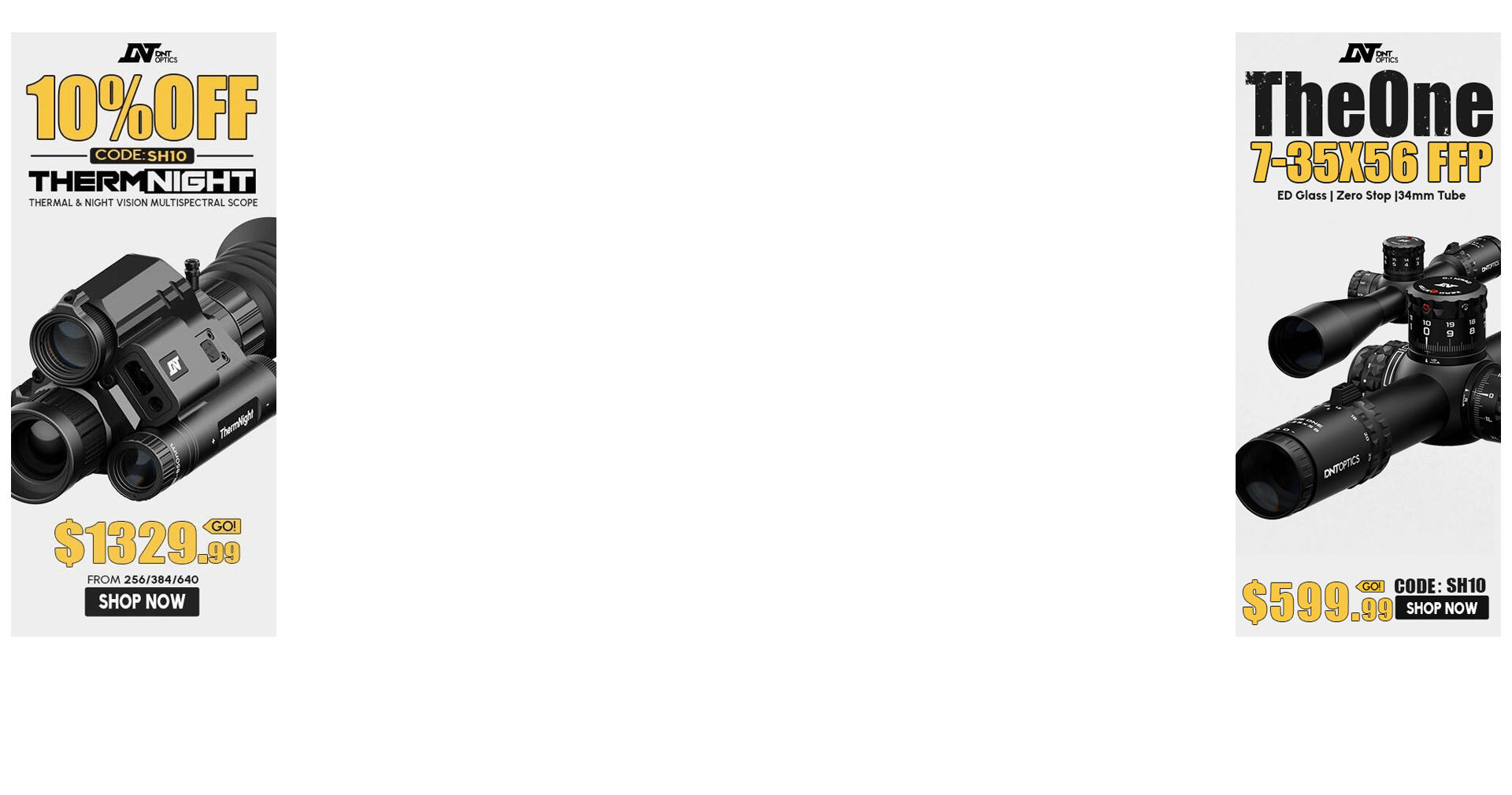I dry fire a lot and have begun dry firing off hand and sitting. Is it more beneficial to just dry fire in the prone and really focus on my basics without having the stresses of different positions, or should I just keep adding different positions to my regime?
Also, what positions do you think I should dry fire the most?
Any insight into what some of you guys are doing dry fire wise would be great.
Thanks,
Andrew
Also, what positions do you think I should dry fire the most?
Any insight into what some of you guys are doing dry fire wise would be great.
Thanks,
Andrew


